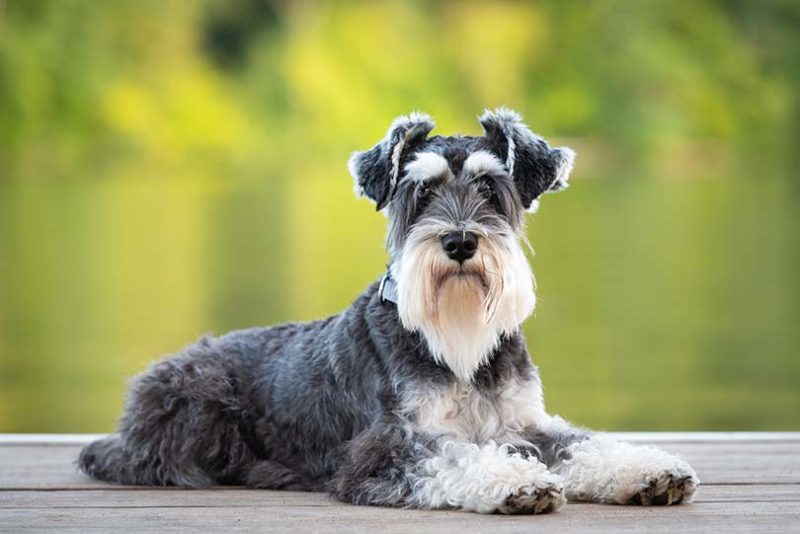10 Akita Facts: Fascinating Breed Information Revealed
By Hanh Duong
Updated on
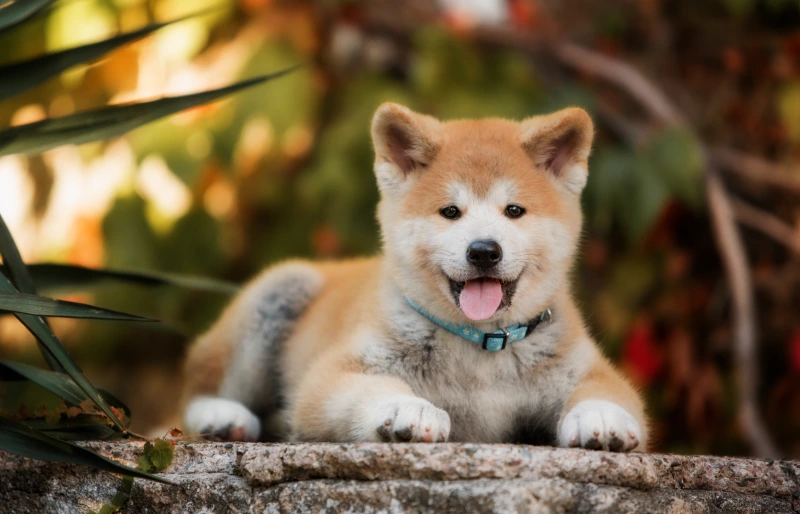
The Akita is a large, noble dog breed that originated in Japan, where they are considered a national treasure. They have a thick double coat, upright triangular ears, a curled tail, and other distinctive physical traits, giving them the appearance of a cuddly stuffed animal.
As they were once bred to hunt wild boar and even bears in the mountains, Akitas are fearless and determined. Although not very common in the United States, the Akita quickly convinces those who decide to adopt them that, when properly trained, they make a great family companion.
Before bringing home any breed, especially the big, furry Akita, it’s crucial to do some research. The following list of amazing facts about these dignified dogs may surprise you.
The 10 Akita Facts
1. In Their Native Country, the Akita Is Recognized as a National Treasure
The Akita has long been a symbol of good fortune and health for the Japanese. In this country, a small statue of an Akita, which represents health, happiness, and long life, is typically given to a proud family upon the birth of a child. In 1931, Japan designated the Akita as a natural monument and one of its national treasures.
2. One of the Most Famous Dogs in the World Belongs to the Akita Breed
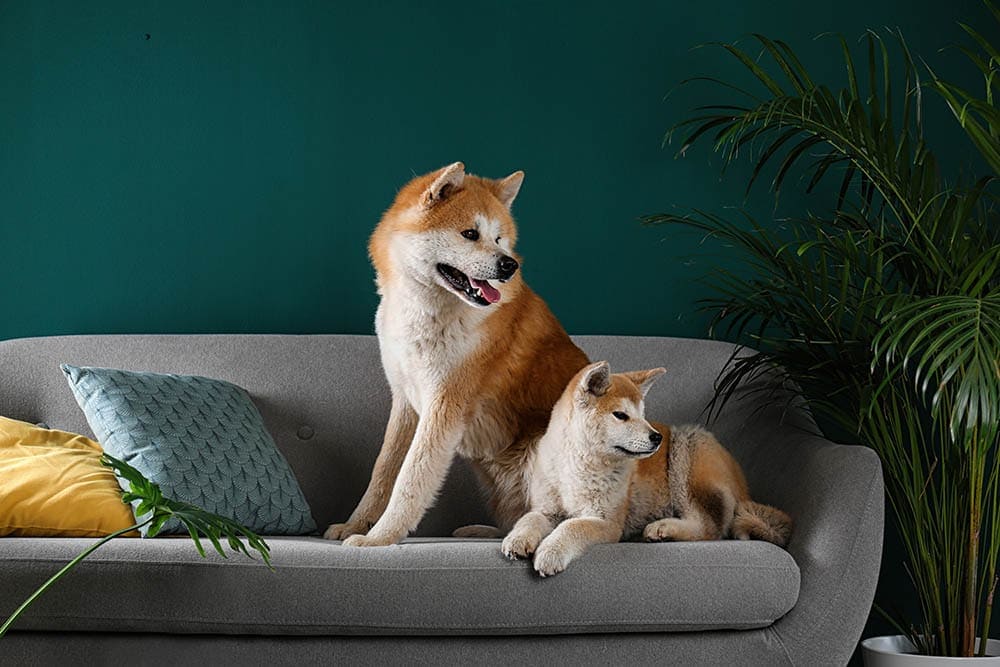
Not only in Japan but all over the world, people are very familiar with the touching story of an Akita named Hachiko. The story begins in Tokyo, 1920, where the devoted dog Hachiko walks with his owner to the Shibuya train station every day. But unfortunately, in 1925, the owner passed away at work. Hachiko waited at this train station for 9 years, hoping his owner would return. Although the story is heartbreaking, it also serves as an affirmation of the Akita’s unwavering loyalty. His story gradually gained popularity and motivated people to adopt these pups.
3. The First Akitas Were Imported to the US by Helen Keller
Helen Keller, a well-known author and political activist, is credited with introducing the first Akita to the US in 1937. She is said to have drawn inspiration from Hachiko in the story above. The dogs were “gentle, companionable, and trustworthy,” according to Keller.
4. The Akita May Not Be the Best Breed for First-Time Dog Owners
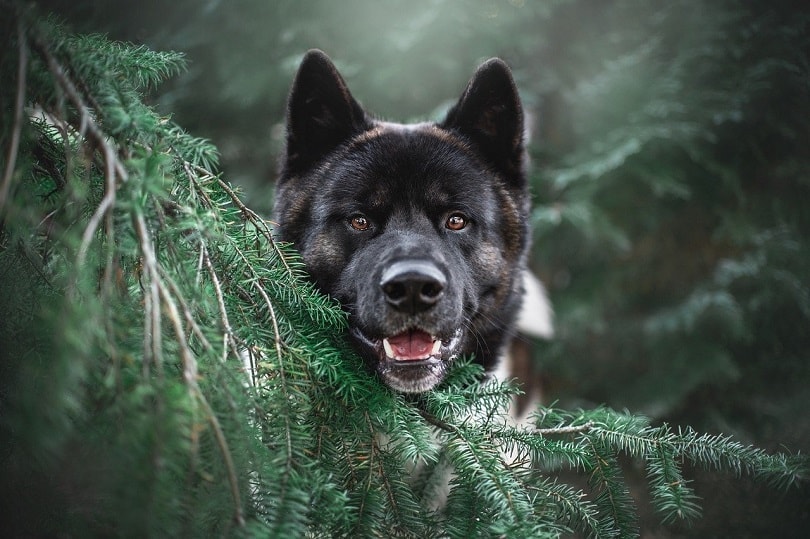
There are two main reasons why the Akita is not a good choice for inexperienced owners. Firstly, you need a lot of understanding and patience to train these strong, willful, and stubborn canines. Secondly, this breed needs plenty of mental stimulation and is highly protective and not very good with other dogs. If you don’t train and socialize them well, this will pose a risk to you and others.
5. There Are Two Different Types of Akitas
Akitas come in two distinct types: the American Akita (or simply Akita) and the Akita Inu (or Japanese Akita Inu). They share many of the same traits, but the American variety has a broader range of colors.
6. The Akita Inu Almost Disappeared
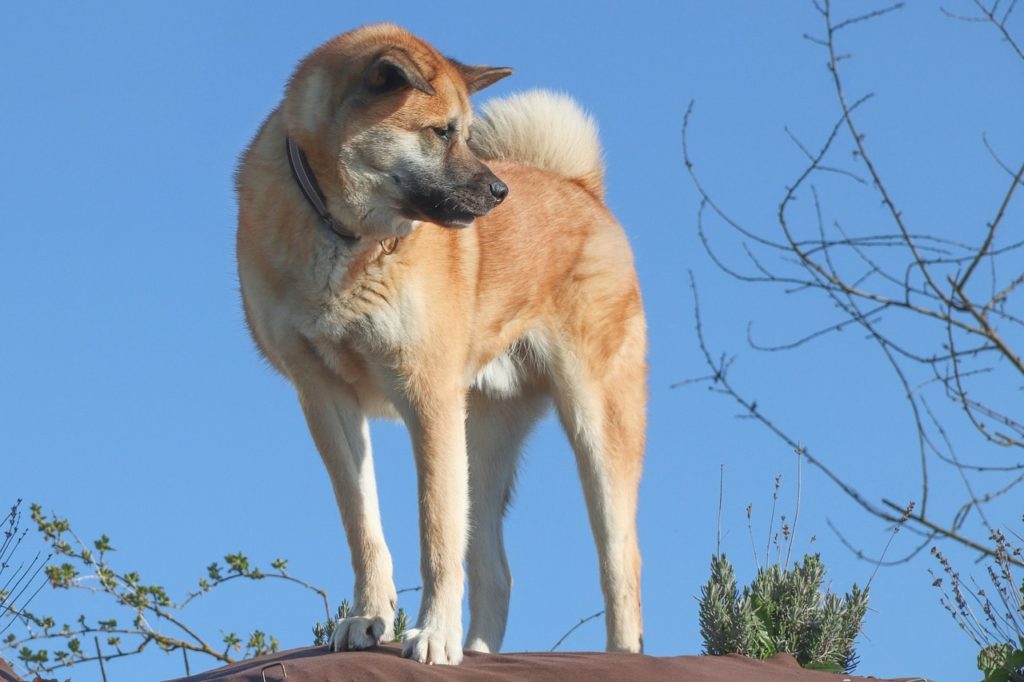
Due to their exclusivity to the wealthy in the 1800s, the Akita Inu almost went extinct. When the Japanese realized this, the government went to great lengths to bring back this much-loved species.
However, these dogs did not face this challenge only once. World War II brought them to the verge of extinction again. Fortunately, the bloodline was maintained thanks to devoted breeders who hid Akitas in far-off villages. They have since become very well-liked companion dogs, especially in their homeland, Japan.
7. Akitas Are Clean Dogs
Akitas are considered clean animals; they don’t drool, and despite having a thick coat, only need brushing once or twice a week. Their shedding level is considered high and their fur “blows out” twice a year. It is recommended to brush more frequently during these times to keep their shedding under control and avoid excessive housecleaning.
8. They Love Snow
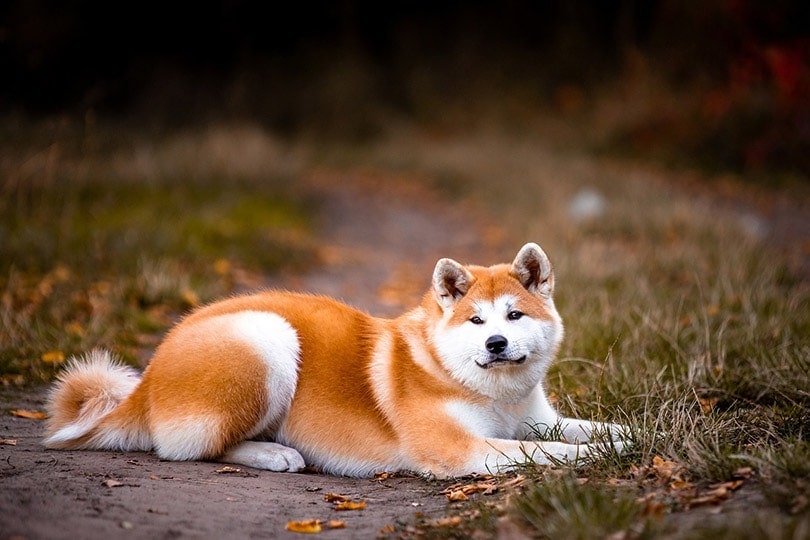
The breed was developed in the snowy mountainous areas of Japan, so it makes sense if your Akita would love to spend the entire day outside in the winter. These dogs have a thick double coat that keeps them cozy and warm. They even have webbed toes that make it easier for them to walk through snow and ice.
9. You Should Carefully Consider Raising Akitas if You Have Young Children
If properly socialized, the breed may get along well with kids and become very protective of them. However, you need to make sure that you know how to educate and train the breed before adopting. Ideally, speak to your vet first. It is not recommended to leave your Akita unsupervised around young children. Akitas are not considered to be as patient and tolerant as other dog breeds, and may have a tendency to be aggressive in certain circumstances.
10. There are Many Places to Meet Akitas in Japan
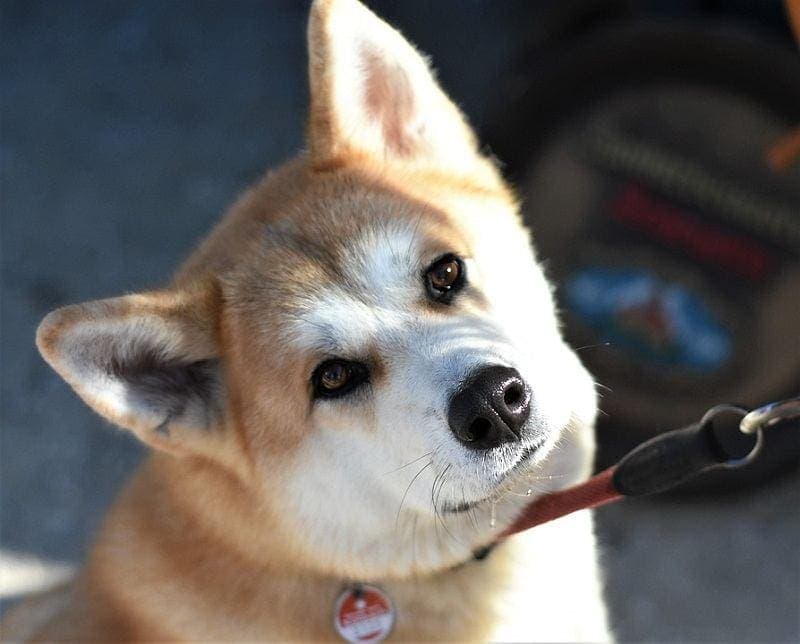
The adoration of Akitas in Japan knows no bounds. Visitors can encounter Akita dogs at a variety of businesses in the Akita prefecture of Japan, the dog’s original home, including the Akita Dog Visitor Center, the Akita Dog Museum, Furusawa Hot Springs, the Ani Ski Resort, and the Royal Hotel Odate.
Conclusion
It’s wise to learn more about Akitas if you’re considering getting one. Remember that even though these pups can be surprisingly sweet and affectionate with family members, they are best suited for an experienced owner that can properly handle them. However, you will have a devoted and steadfast companion for life if you decide the Akita is the right breed for you.
Related Read:
- Long Coat Akita Dog Breed: Facts, Origin & History (With Pictures)
- How Big Do Akitas Get? Size & Growth Chart
Featured Image Credit: Kseniya Resphoto, Shutterstock




